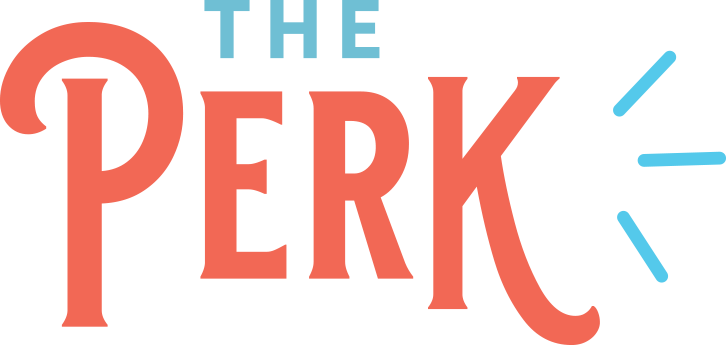3 Culture Metrics to Measure in 2025: Trust, Belonging, & Burnout
In today’s rapidly evolving workplace, measuring culture is not just a nice-to-have—it’s a necessity. Culture impacts engagement, retention, & overall team performance. Without intentional tracking, culture remains an abstract concept rather than a strategic priority. At The Perk, we’ve identified three core culture metrics that every organization should measure in 2025: Trust, Belonging, & Burnout.
Why Measuring Culture Matters :
A thriving workplace culture doesn’t happen by chance; it happens by design. Employees today want workplaces that support them holistically—not just professionally. With hybrid & remote work on the rise & burnout at an all-time high, businesses must adapt. By tracking these three metrics, organizations can proactively build a culture where employees feel valued, connected, & energized.
Trust: The Backbone of a Healthy Workplace
Trust is the foundation of collaboration, innovation, & high performance. Companies with high-trust cultures experience 76% more engagement & 50% higher productivity than those with low trust. Without trust, productivity suffers, silos form, & innovation stalls.
The Five Core Trust Behaviors
At The Perk, we measure trust using five key behaviors:
Commit – Following through on commitments builds credibility.
Celebrate – Recognizing contributions fosters loyalty & motivation.
Be Clear – Transparency eliminates confusion & miscommunication.
Connect – Genuine relationships strengthen trust within teams.
Create Safety – Psychological safety encourages open dialogue & idea-sharing.
Employees in high-trust companies report 74% less stress & 40% less burnout (Harvard Business Review).
Belonging: The Key to Employee Engagement
Belonging goes beyond diversity & inclusion—it’s about creating an environment where employees feel seen, supported, connected, & proud of their work. Employees who feel a strong sense of belonging are:
3.5x more likely to be engaged
6x more likely to innovate
50% less likely to leave
The Four Elements of Belonging
Coqual identifies four key elements that define & measure belonging:
Seen – Employees feel recognized & respected.
Connected – Positive social interactions with peers & leaders.
Supported – Employees have the resources & encouragement needed to succeed.
Proud – Strong alignment with the company’s vision, values, & mission.
Want to dive deeper into belonging? Sign up & join us for Culture Community this July, where we’ll explore how to create a culture of belonging!
Burnout: The Silent Culture Killer
Even the most engaged employees can experience burnout if workplace stress is not managed. In fact, 50% of employees have left a job due to burnout, making it essential to measure & mitigate. Research from Harvard Business Review (Saunders, 2019) highlights six primary causes of burnout, which align with our approach at The Perk. We assess burnout through six key areas:
Workload – Are employees overloaded or properly supported?
Perceived Lack of Control – Do employees have autonomy & decision-making power?
Reward – Are efforts adequately recognized & compensated?
Community – Are relationships supportive, or is burnout spreading?
Fairness – Are employees treated equitably within the organization?
Values Mismatch – Do employees’ personal values align with the company’s mission?
By identifying these risk factors, organizations can take proactive steps to create a culture that prevents burnout rather than reacting to it.
Take Action!
At The Perk, we don’t just measure culture—we do something about it. Our bi-weekly Culture Check-In survey gives us real-time insights that actually drive change. Here’s how we put the data to work:
Leadership discussions – Spotting trends & making smart, strategic moves.
1:1 coaching – Personalizing support to help individuals thrive.
Team meetings – Creating space for honest conversations & problem-solving.
Tracking culture is great, but acting on it is what makes the real difference!
Understand where your team stands & get actionable insights to build a culture that drives success.
Pssst...I LOVE connecting with & growing my community! Feel free to connect with me on LinkedIn - see you there! 🤗



